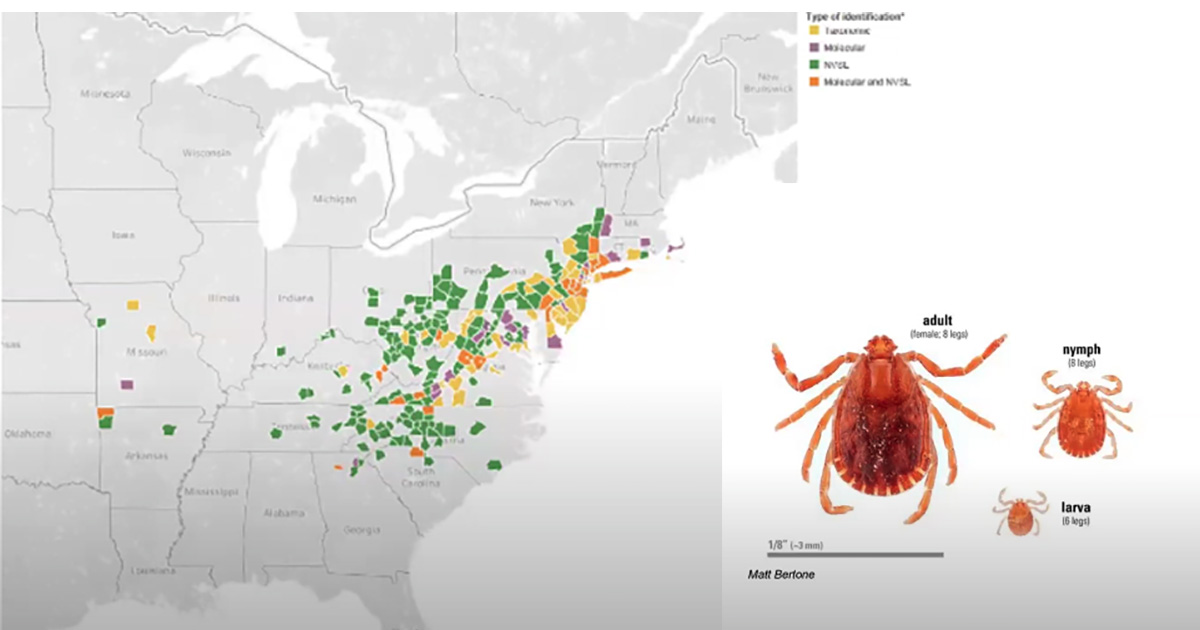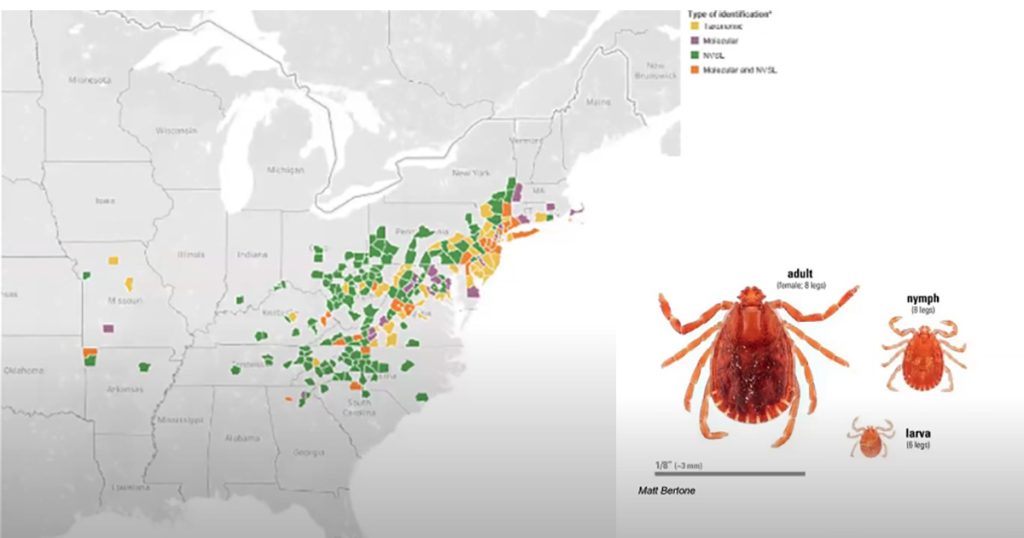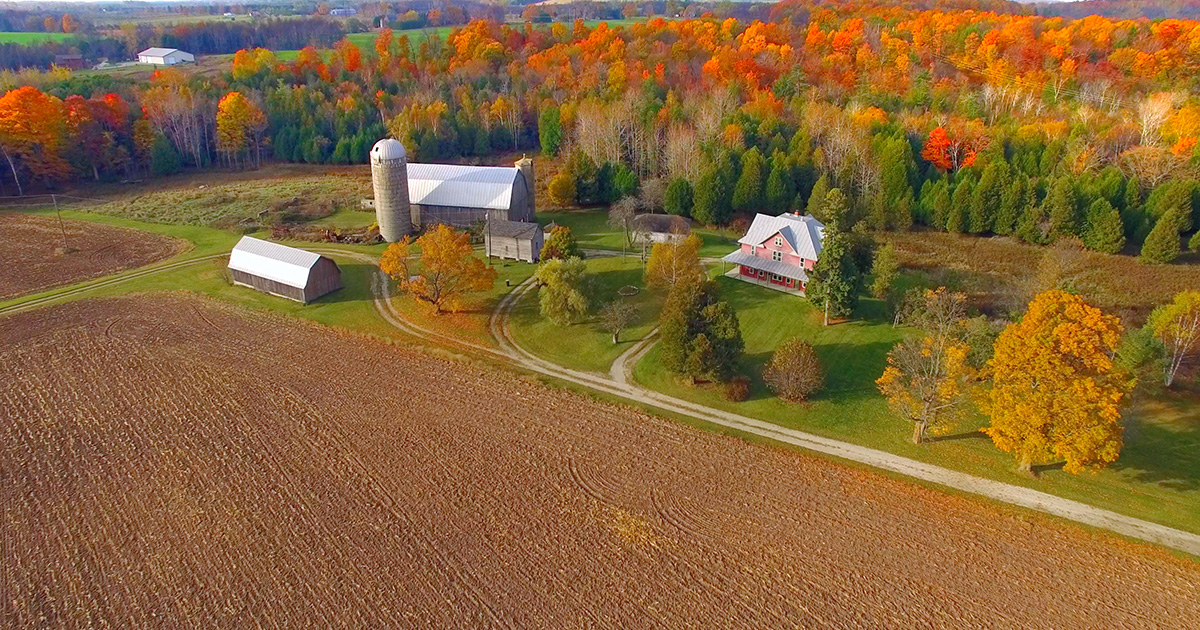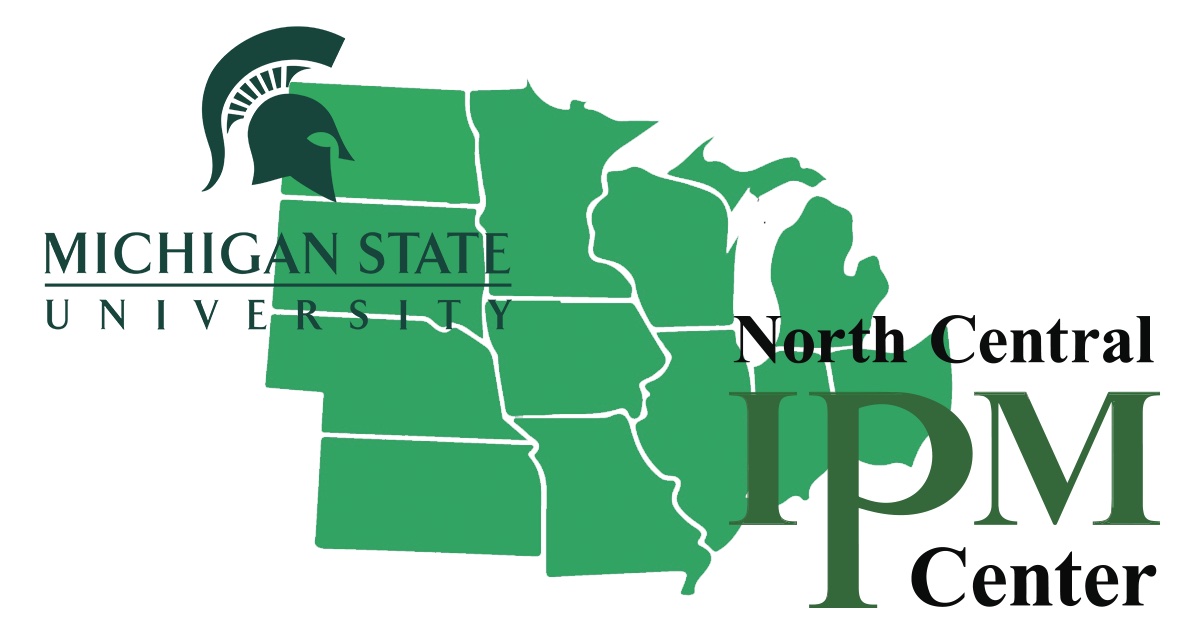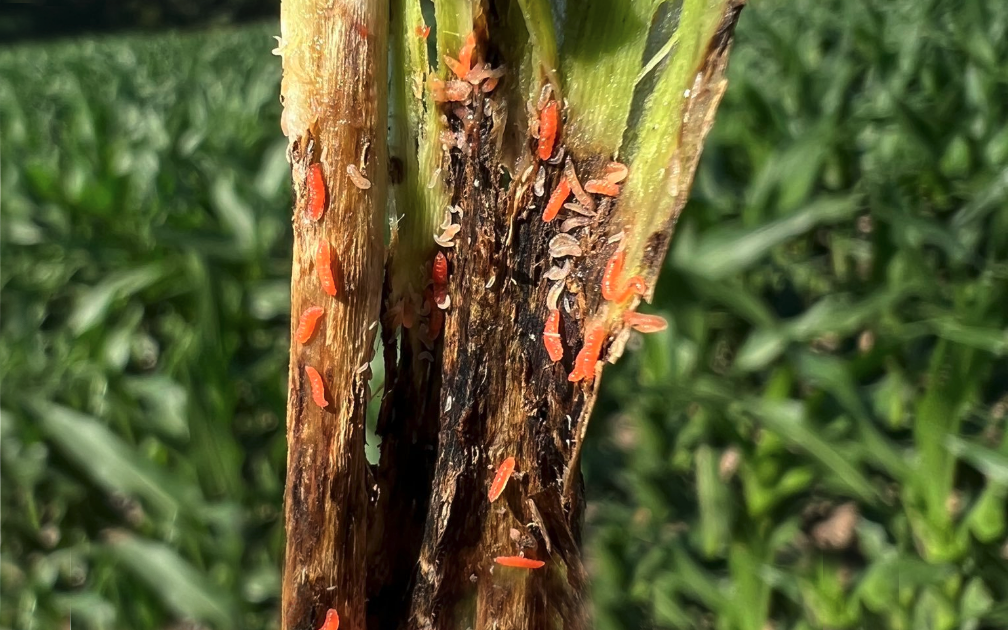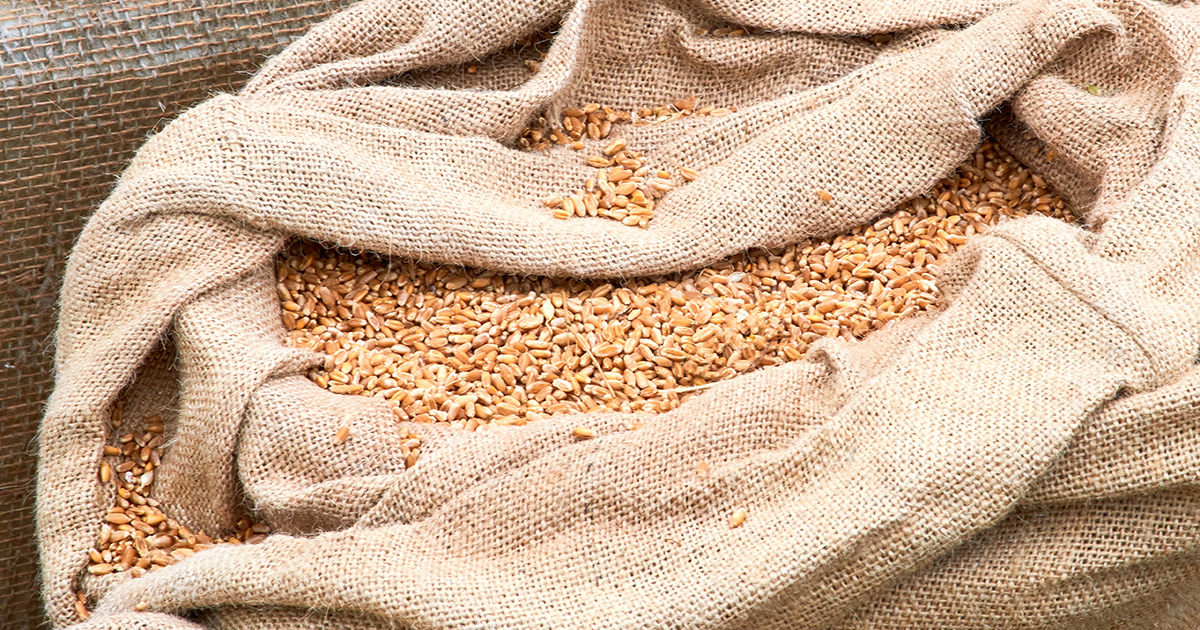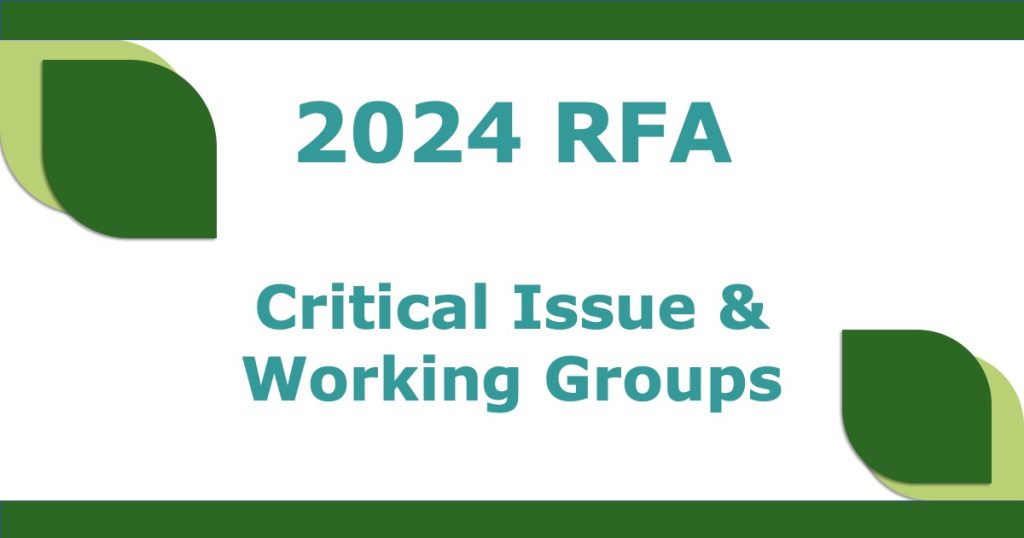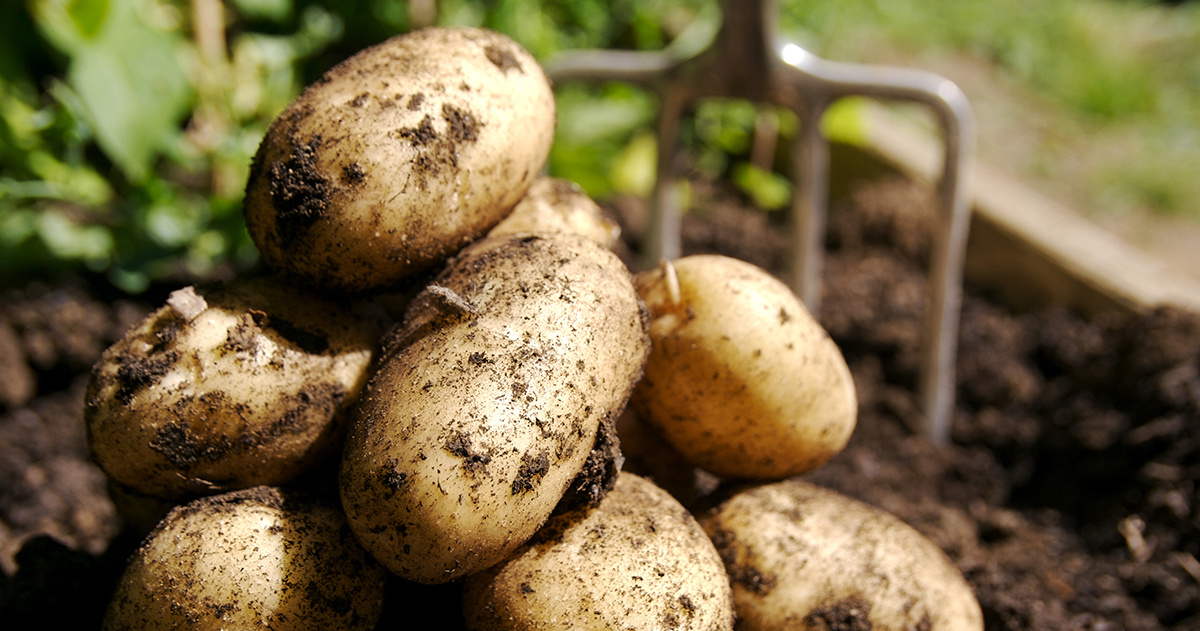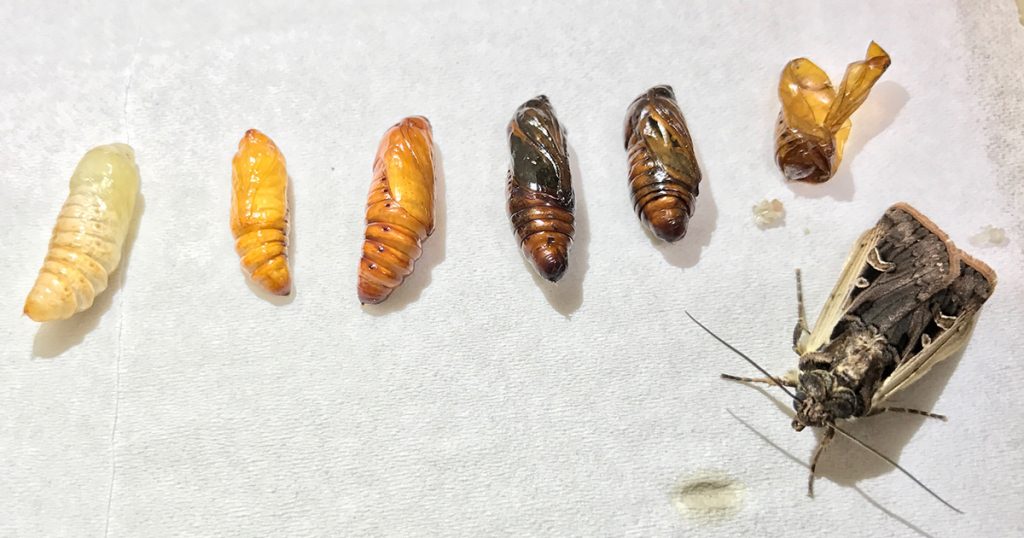The Regional IPM Centers are excited to announce that four innovative projects have been funded to bring new partners to integrated pest management (IPM).
“We hoped that this funding opportunity would expand the kinds of projects being funded through the Regional IPM Centers and bring in new IPM professionals serving diverse communities. There is transformative work being done, and we are excited to support it,” said Dr. Katie Hartmann, DEIA Director at the North Central IPM Center.
These are the first projects to be funded by the USDA NIFA program called, “Increasing DEIA Programming for Integrated Pest Management (IPM): A Model for USDA NIFA-funded Organizations.” This program aims to alter the culture within IPM for a more inclusive and equitable environment that is more reflective of the population and communities served by IPM professionals.
The first funded project is focused on protecting collard greens from pests, especially from harlequin bugs, which dine on collard greens from seedling through adult plant stages. Funds were awarded to North Carolina Agricultural and Technical State University to create a trap that will reduce harlequin bug populations enough to protect collard crops and profits for growers who depend on collard production to support their families.
The Midwest Invasive Plant Network (MIPN) project received funding to access outreach gaps, provide diversity, equity, inclusion and accessibility training, and reach a more diverse audience with invasive species prevention, detection and response.
Providing IPM funding focused on diversity, equity, inclusion and accessibility also inspired some new directions for IPM-related projects. A University of Minnesota project was funded to provide beekeeping education to correctional facilities, while a Michigan State University project received funding to create a healthy gardening course for new gardeners, urban gardeners, and historically marginalized communities in Michigan.
“The first round of funding was very successful and we are hopeful that we can support even more projects in our second round,” Hartmann said. “The goal is to continue sharing this funding opportunity widely so that additional projects can be funded from the Northeastern, Southern and Western regions of the United States.”
Funding is still available for additional projects! Equity and Accessibility mini-grants are worth up to $5,000 for each project with $25,000 available. The mini-grants must be completed within 12 months of the start date or no later than September 17, 2025. Please share these opportunities and consider applying. Details are available on the Regional IPM Centers website.
The Regional IPM Centers promote and facilitate the adoption of IPM strategies and facilitate multi-state partnerships for research, outreach and pest management efforts. The Regional IPM Centers collaborated with USDA National Institute of Food and Agriculture to provide this new funding opportunity.
Contacts
Dr. Katie Hartmann, DEIA Director, 515-294-2317, kh4@iastate.edu



